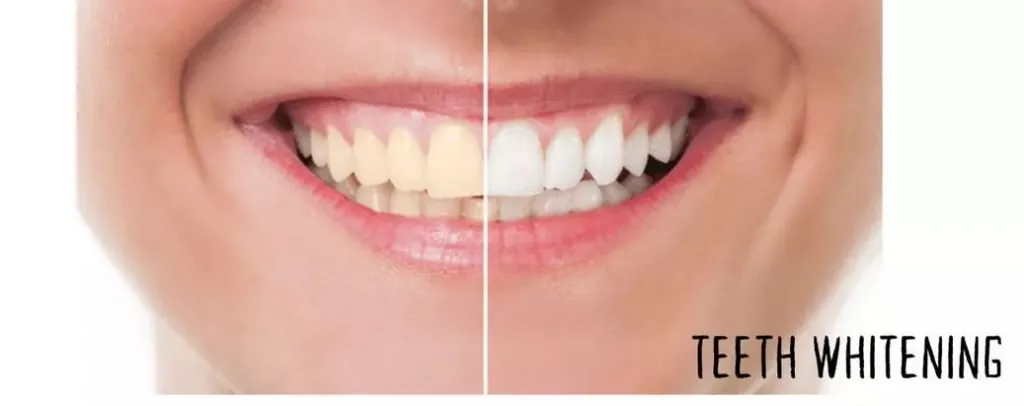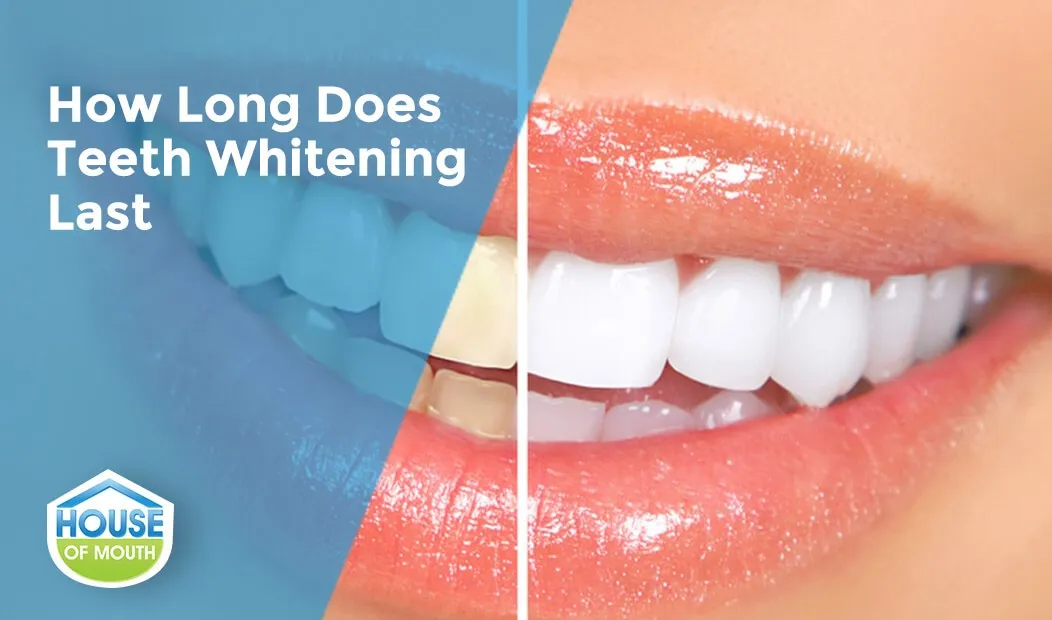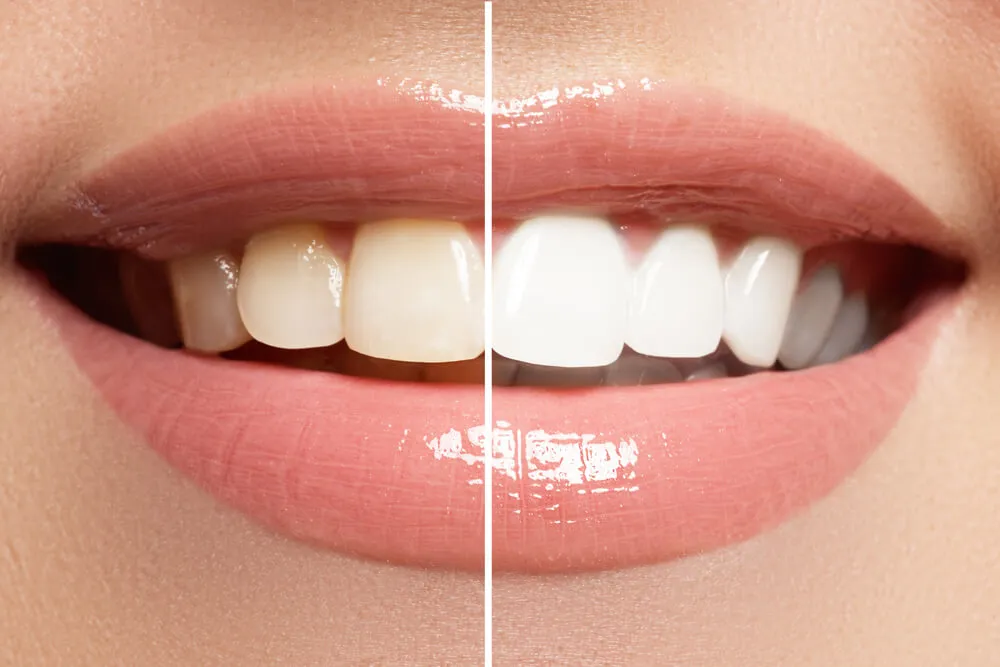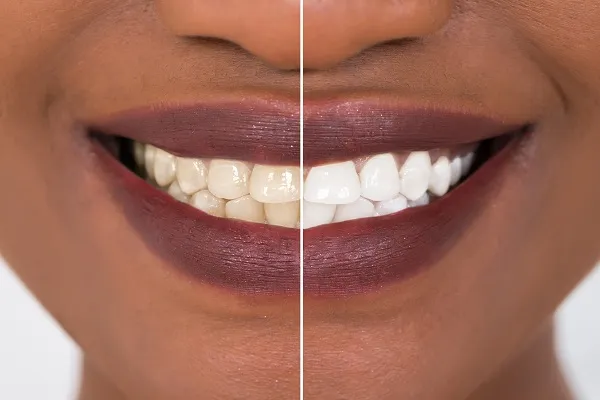Achieving a brighter, whiter smile is a common goal, and teeth whitening has become a popular cosmetic dental procedure. However, many people wonder about the longevity of these results. This comprehensive guide will delve into the factors influencing how long teeth whitening lasts, the different types of treatments available, and how you can maintain your dazzling smile for as long as possible. Understanding these aspects will help you make informed decisions about your teeth whitening journey and ensure you get the most out of your investment.
What Influences Teeth Whitening Longevity
Several factors play a role in determining how long your teeth whitening results will last. These include the type of whitening treatment you choose, your lifestyle habits, and your oral hygiene practices. It’s important to consider all these elements to set realistic expectations and take the necessary steps to preserve your brighter smile. The duration can vary significantly, from a few months to several years, depending on how well you care for your teeth and the treatment you’ve undergone.
The Type of Whitening Treatment
The type of teeth whitening treatment you select is a primary determinant of its longevity. Different methods offer varying degrees of effectiveness and durability. Let’s explore the common options:
In-Office Whitening

In-office whitening, performed by a dentist, typically involves the use of a high-concentration bleaching agent activated by a special light or laser. This method usually yields the most dramatic and immediate results. Because of the professional strength of the product and the expertise of the dentist, in-office treatments often last longer compared to at-home alternatives. The whitening agent is carefully applied, and the process is closely monitored to minimize any potential sensitivity.
At-Home Whitening
At-home whitening involves custom-fitted trays provided by your dentist, or over-the-counter whitening strips and gels. These methods use lower concentrations of bleaching agents and require consistent use over several days or weeks to achieve noticeable results. The longevity of at-home treatments is often shorter than in-office procedures, as the bleaching agent is less potent. Consistent use and diligent adherence to instructions are essential for maximizing results and extending the duration of the whiteness.
Over-the-Counter Products
Over-the-counter whitening products include whitening strips, toothpastes, and mouthwashes. These products contain the lowest concentrations of bleaching agents and are typically less effective than professional treatments. While they can provide some degree of whitening, the results are usually subtle and short-lived. Regular use of these products can help maintain whiteness, but they’re not a substitute for professional treatments if you’re seeking significant improvement.
How Long Each Method Lasts

The duration of each whitening method varies. In-office whitening can last from one to three years, depending on individual factors. At-home whitening, when used consistently and correctly, might last from six months to a year. Over-the-counter products generally offer the shortest duration, with results potentially lasting only a few weeks to a couple of months. Regular touch-ups and maintenance are crucial to extending the lifespan of any whitening treatment.
In-Office vs. At-Home Whitening Duration
Generally, in-office whitening tends to last longer because of the stronger bleaching agents used and the professional application. However, the longevity also depends on how well you maintain your teeth after the treatment. At-home whitening, while less potent, can provide good results when combined with diligent oral hygiene and lifestyle adjustments. The choice between in-office and at-home whitening often comes down to your budget, desired results, and commitment to maintenance.
Factors Impacting Whitening Duration
Beyond the type of treatment, several lifestyle factors significantly affect how long your teeth whitening results last. Being aware of these factors and making necessary adjustments can help you preserve your bright smile for a longer period.
Dietary Habits

Your diet plays a crucial role in maintaining the whiteness of your teeth. Certain foods and drinks can stain your teeth, gradually diminishing the results of your whitening treatment. Common culprits include coffee, tea, red wine, dark-colored sodas, and heavily pigmented foods like berries and curries. Limiting your consumption of these items or rinsing your mouth with water after consuming them can help prevent staining and prolong the effects of your whitening treatment. Consider using a straw for beverages to minimize contact with your teeth.
Smoking and Tobacco Use
Smoking and the use of tobacco products are extremely detrimental to the longevity of teeth whitening. Nicotine and tar in tobacco stain the teeth, leading to yellowing and discoloration. Smoking also impairs oral health by reducing blood flow to the gums, increasing the risk of gum disease and further impacting the appearance of your teeth. Quitting smoking is one of the best steps you can take to preserve your white smile and improve your overall health. If you’re a smoker, the effects of whitening will likely fade much faster.
Oral Hygiene Practices
Excellent oral hygiene is essential for maintaining your teeth whitening results. Brushing your teeth twice a day with a whitening toothpaste, flossing daily, and using mouthwash can help remove surface stains and prevent new ones from forming. Regular dental check-ups and professional cleanings are also critical. Your dentist can remove any plaque or tartar buildup, which can contribute to discoloration and negatively affect the appearance of your teeth. Proper oral hygiene practices not only extend the life of your whitening treatment but also promote overall oral health.
Maintaining Your White Smile

Maintaining your white smile requires a proactive approach, combining post-whitening care with consistent oral hygiene. These practices will help you enjoy your brighter teeth for as long as possible.
Post-Whitening Care
Following your dentist’s post-whitening instructions is crucial. These instructions often include avoiding staining foods and drinks for a certain period, using a special toothpaste, and possibly undergoing a touch-up treatment if recommended. Be mindful of your diet and avoid or minimize the consumption of foods and beverages that can stain your teeth, especially during the initial days after the treatment. Use a soft-bristled toothbrush to avoid irritating your gums and to prevent abrasion of the enamel.
Regular Dental Check-ups
Regular dental check-ups and professional cleanings are essential for maintaining your white smile. Your dentist can monitor the condition of your teeth and gums, address any potential issues, and provide professional cleaning to remove plaque and stains that regular brushing can’t eliminate. During your check-ups, the dentist can also assess the need for touch-up treatments to keep your teeth looking their best.
Teeth Whitening Touch-ups

Teeth whitening touch-ups can help extend the duration of your results. Your dentist might recommend using at-home whitening trays or a professional in-office treatment to refresh the whiteness of your teeth. Touch-up treatments are a convenient way to counteract the effects of staining and maintain your desired level of brightness. The frequency of touch-ups depends on your lifestyle, diet, and oral hygiene habits, as well as the initial whitening treatment you received.
Maximizing Your Results
To maximize the longevity of your teeth whitening results, make informed choices about your treatment and take proactive steps to care for your teeth. By understanding the factors that influence the duration of whitening and following these recommendations, you can enjoy a brighter, more confident smile for years to come. Consistent effort and attention to detail will ensure that you get the most out of your teeth whitening investment.
- Choose the appropriate whitening method based on your needs and lifestyle.
- Follow your dentist’s instructions carefully.
- Practice excellent oral hygiene, including brushing, flossing, and using mouthwash.
- Limit consumption of staining foods and beverages.
- Avoid smoking and tobacco products.
- Schedule regular dental check-ups and cleanings.
- Consider touch-up treatments as recommended by your dentist.
By understanding the various aspects of teeth whitening and incorporating these tips into your routine, you can effectively maintain your white smile and enjoy the benefits of a brighter, more confident appearance.
